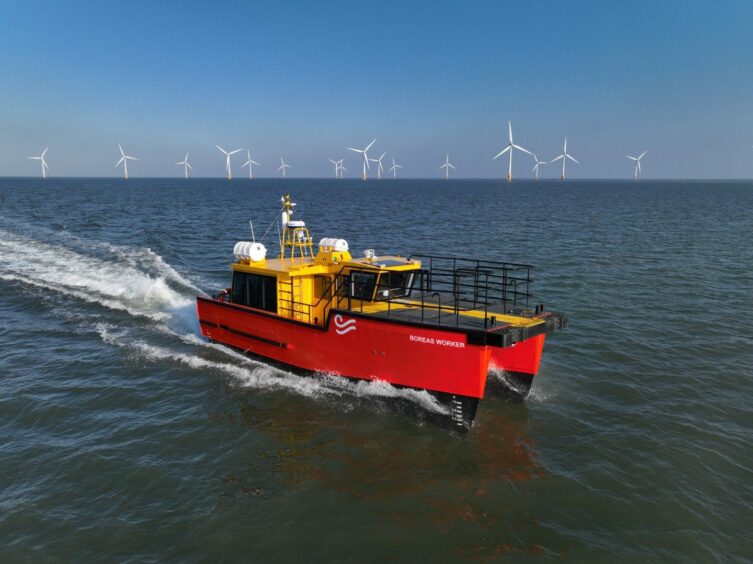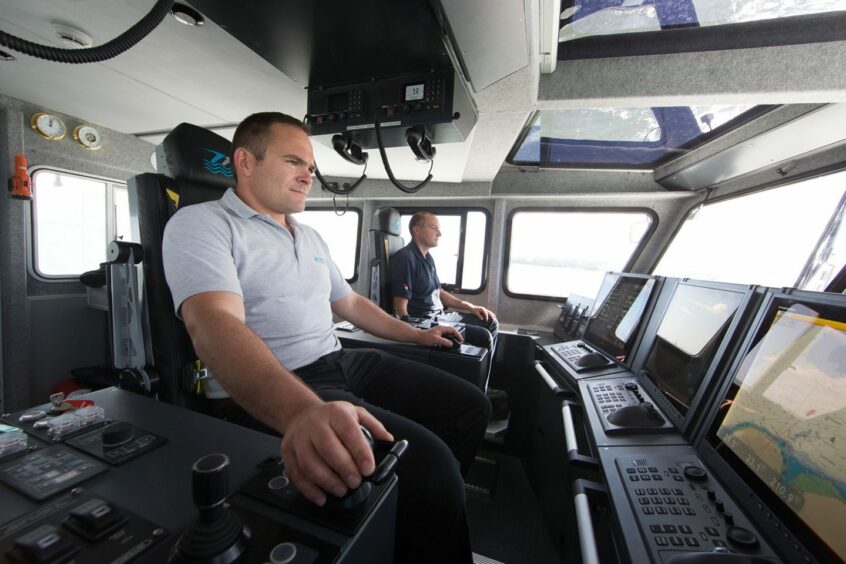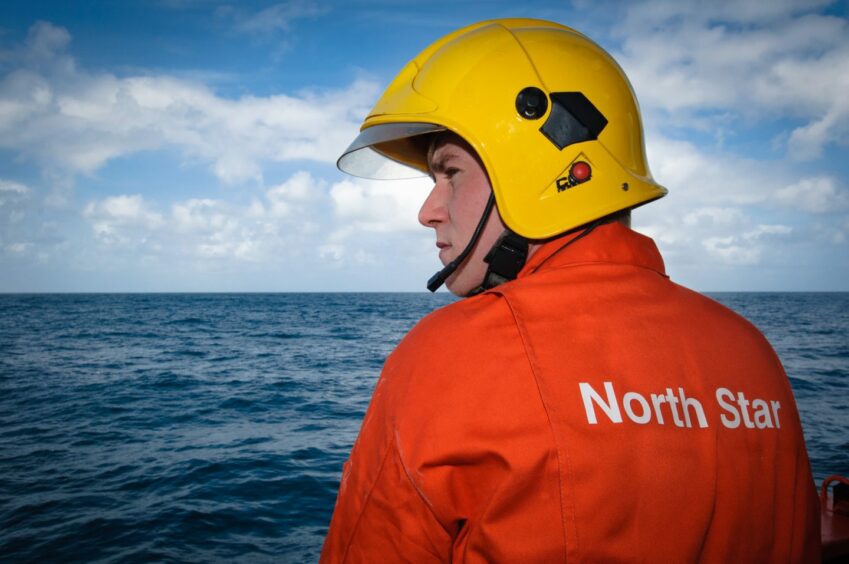
UK shipbuilders say undelivered policies from government have left them struggling to compete, despite the promise of local content boom from offshore wind.
Boatbuilders who provide crew transfer vessels (CTVs) for the offshore wind sector have warned it is becoming increasingly difficult to build vessels locally and to crew them with skilled seafarers, as foreign shipyards provide greater scale and efficiency.
Increasingly, the sector says boats may be designed in the UK but are fabricated in Asia or mainland Europe and towed back to operate at British wind farms.
That is despite joint goals set by the sector and government to achieve 60% lifetime local content in UK wind projects.
Ian Baylis, founder of Seacat Services – an operator of offshore energy support vessels – told Energy Voice that the UK’s boatbuilding sector is “faltering” due to competitiveness elsewhere and that it is becoming “increasingly difficult to make the economics of building offshore wind workboats in the UK viable.”
“Being a business that has heavily invested in establishing a fully UK-led supply chain, it would be a sad day to change what we’re doing,” he continued. “However, it is becoming increasingly difficult to compete in a marketplace where companies are bringing in cheaper vessels from overseas.”
Westminster had promised a Home Shipbuilding Credit Guarantee Scheme, which would provide builders with access to finance for underwriting domestic contracts – though despite a mooted launch by the end of last year it has yet to materialise.
That support matters, the sector says, because boats can be up to 25% more expensive to build in the UK than in Europe, where construction is often supported by subsidies.
For Andy Page, a director at naval architect Chartwell Marine, the issue of finance is the largest hurdle to overcome.
“With current costs relatively high, the main issue we’re seeing boils down to security of finance. Larger organisations are looking to build where they are confident their money is protected,” he said.
“Other nations have succeeded using government or financier backing to provide this security. We are hoping that something similar in the UK will available, but to date, due to delays, the UK has in general not been able to provide reassurance to various stakeholders — who as a result have begun looking elsewhere.”
Yet even with the credit support, Mr Baylis says the measures would only support vessels over 1,000 tonnes. “This is ludicrous. If you look at the domestic shipbuilding market, there aren’t many operators able to get a vessel of that size built.”
He instead called for more targeted subsidies that would support smaller boats such as CTVs, which the UK sector still has the skills and scale to produce.
“If the UK wishes to continue its drive for local content in the expanding industry, the government must make operating in domestic market more attractive and financially sustainable,” he added.
Economy of scale
The concern comes despite growing demand for vessels at home and abroad.
While the previous decade saw something of a boom-and-bust cycle for builders, Mr Baylis says the outlook for stable wind growth is encouraging – particularly as the maritime sector looks to lower emissions through retrofit or adopting greener systems.
Seacat itself is eyeing a high uptake for its fleet and last year was the firm’s busiest year since 2014, with numerous “large and juicy” tenders put up for grabs by developers.
Again however, foreign builders are also capitalising on this shift at scale. Mr Page said builders are often adopting “stock boat” programmes, where the same boat is built over and over – meaning cheaper and more efficient fabrication and construction.
“If the UK is serious about scaling up production, owners need to have the confidence to build here because they see avenues for repeatable revenue. It’s safe to assume that a lack of those opportunities domestically is what pushing people overseas,” he said.
Skills ‘void’
Yet building boats is still only half the battle.
Mr Baylis pointed to a “huge void” in the seafaring workforce needed to meet the demands of offshore wind, in part due to a lack of clear pathways for young people to enter the sector.
“The result has been lack of qualified British crews,” he said. “Despite all the hype around local content requirements, the market is telling vessel operators to look overseas to recruit. There’s not a lack of talent; there’s a lack of skill.”
It’s a situation that could worsen this year, as the Offshore Wind Workers’ Concession (OWWC) – a visa waiver for foreign nationals engaged in the construction and maintenance of UK offshore wind projects – is due to expire on 1 July.
“We have previously benefited from the skills and craft of EU workers, however post-Brexit the UK has struggled to fill the void left by the departing experienced workers and upskill the domestic workforce,” Mr Baylis added.
“With increasingly stringent qualification requirements being put in place across the offshore wind industry, there needs to be a collaborative approach from the Government and operators to spread awareness and opportunities to bolster the UK supply chain.”
He says Seacat still runs a government-funded apprenticeship scheme every year that helps creates development opportunities for new offshore personnel.
“Not only does this help to close the gap in the workforce, but also recirculates investment back into the UK market, supporting the offshore wind sectors’ local content drive,” he said.
There are some encouraging signs. Wind service vessel operator North Star said it has seen a sharp rise in applications for its cadet programme, and launched a separate 170-strong recruitment drive as it looks to begin major contracts with the Dogger Bank project.
Yet the two executives were clear that much more needs to be done if shipbuilders and the wider offshore wind sector are to achieve its ambitions, not just for today’s vessels but in pioneering new, lower-carbon technologies too.
Added Mr Page: “Anything that can be done to support skilled jobs in shipbuilding, both in the form of financial support for apprenticeships and financial security for new builds, will help the UK to scale the pilot projects that are being demonstrated through innovation projects.”
Recommended for you

 © Supplied by Secat
© Supplied by Secat © Supplied by North Star
© Supplied by North Star